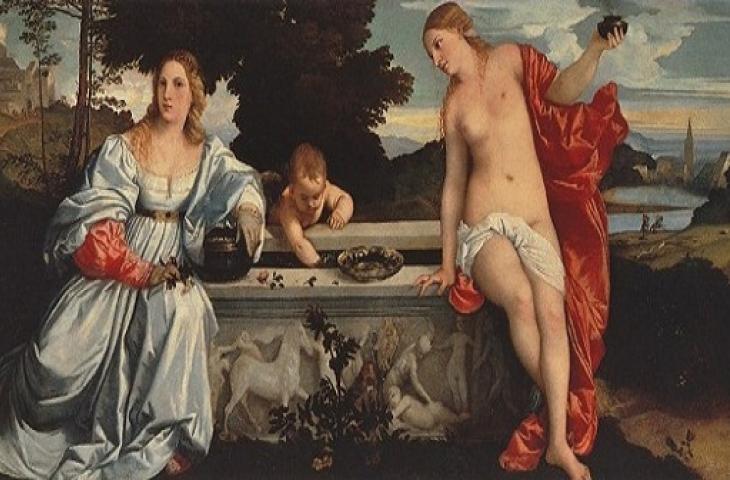MILAN - Water. An essential element for human kind, of the four elements it is doubtless one of the most fertile sources of inspiration for artists, thanks to its transparency and fluidity and the strong symbolic meaning that has always been attributed to it in mythology.
ANCIENT ART – In the iconography of Ancient Egypt, water was represented as two divine beings: the Nile, the flood water that brought fertility back to the earth and Nun, the primordial ocean that gave life to all forms of life. Whilst in Greek mythology, all water, be it salt or fresh water, was directly descended from the god Oceanus, son of Uranus and Gaea; Oceanus was identified as an enormous river encircling the world that created all bodies of water.
FROM GIOTTO TO THE RENAISSANCE – In western art between the 9th and 10th century water was generally connected with the act of baptism, so becoming a symbol of purity. Giotto’s fresco, featuring the baptism of Jesus, in the Scrovegni chapel in Padua is extremely moving. “The Baptism of Christ" by Piero della Francesca also shows figures grouped around Christ as he receives the sacrament. Sandro Botticelli, with his painting “The Birth of Venus", on display at the Uffizi in Florence, shows water as a protagonist alongside divine beings not linked to the Christian faith.
THE IMPRESSIONISTS – Water is often present in impressionist paintings and really draws the eye thanks to the evocative way light plays on water. In Manet’s painting showing the pier at “B oulogne-sur-Mer”, the water that surrounds the two jetties at the mouth of the River Liane is rendered with soft brush strokes in pearl grey tones that create an extraordinary colour contrast with the heavy line of poles reflected in it. “Impression soleil levant”, the extraordinary work by Monet which gave the artistic movement its name, shows the port of Le Havre at dawn with a fishing boat returning from night fishing in the foreground; water is the dominant element of the painting.
CÉZANNE, PICASSO AND MAGRITTE – From Monet’s impressionism to Van Gogh’s post-impressionism with his “Starry night on the Rhone” . The painting, considered one of his greatest masterpieces is centred entirely on the reflection of the starry sky in the dark waters of the river, with the lights of the town of Arles in the distance. For Paul Cézanne the colour is the most important element, as can be seen in his painting “Lac d’Annecy” where the presence of water is depicted with different shades of blue and green mixed with touches of yellow and purple to create perspective and show the depth of the lakeside scene.











